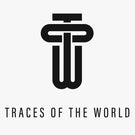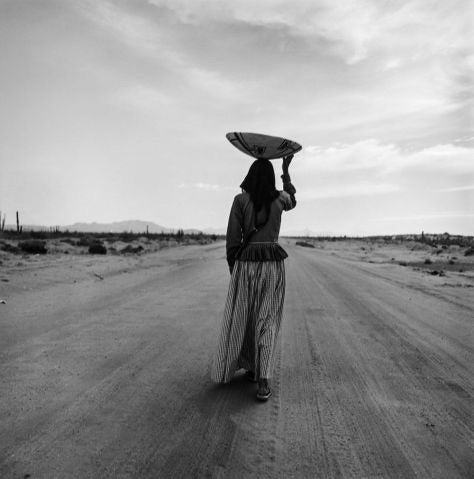Traces of the World in collaboration with the artisan groups around the world seeks out local heritage that’s lying dormant, waiting to be discovered and brought to the global market. Our vision traces the cultural diversity of the communities we source from, resulting in unique designs made with both traditional and innovative processes. With respect for the development of products, practices, and organizational models based on indigenous traditions and techniques, we hope to sustain cultures and revitalize traditions. Finally, we balance market needs with the cultural heritage, while creating sustainable and ethical working relations.
Ancestral techniques.- To the ancestors of the Maya, Inca, and Aztec, weaving was extremely important and highly valued - almost every woman wove, and textiles were once used as currency. Among them, Inca weavers were considered the most accomplished. They usually wove on backstrap looms, a heritage which has been passed down through generations and still lives today.
Backstrap loom techniques.- A simple backstrap loom consists of two sticks, between which the warps are stretched. With a rope, one end of the loom is attached to a fixed object, usually a post or a tree. The other end is attached to the weaver's body with a strap wrapping around the back, hence the name "backstrap weaving." With a shuttle to pass threads through the layers, the weaver leans back and uses her or his weight to tension the loom, creating elaborate textiles. For indigenous female artisans, backs-trap weaving is an ideal technique. The light and portable equipment can be set up anywhere, making it easy for them to balance many other daily duties such as child-caring and home maintenance while supplementing their household income through weaving.
Craft in Fashion.-The skills handed down through generations yet hand-sewing, weaving and stitching are in danger of becoming “lost” crafts according to top fashion designers.Tailoring is in danger of “becoming extinct” despite soaring demand for made-to-measure products. Tailors and apprentices hardly exist today and we have to get the next generation involved. For example Scotland’s textile industry boasts an enviable client list, which includes Hermés, Gucci and Ralph Lauren. Harris Tweed, the only fabric in the world governed by its own Act of Parliament, celebrated its centenary year in 2011.
The cloth is woven only in the Outer Hebrides by crofters, using centuries-old methods. Scottish cashmere, perfected over 300 years, is supplied to some of the world’s most prestigious fashion houses, including Chanel, Prada, Louis Vuitton and Burberry.

There are some industrialized countries that grant significance importance to craft due to there culture as for example Italy, 24% of national enterprises belong to the crafts sector. But mainly it is still seen that handcrafts are more used in developing countries as a way of poverty eradication. The Unesco launched a program for Women and Children for Handicraft and Employment, for poverty eradication, and brought important facts out about a part of the culture of a nation or ethnic group that represent a key component of socio-economic life.
"Artisanal products are those produced by artisans, either completely by hand, or with the help of hand tools or even mechanical means, as long as the direct manual contribution of the artisan remains the most substantial component of the finished product. These are produced without restriction in terms of quantity and using raw materials from sustainable resources. The special nature of artisanal products derives from their distinctive features, which can be utilitarian, aesthetic, artistic, creative, culturally attached, decorative, functional, traditional, religiously and socially symbolic and significant."




